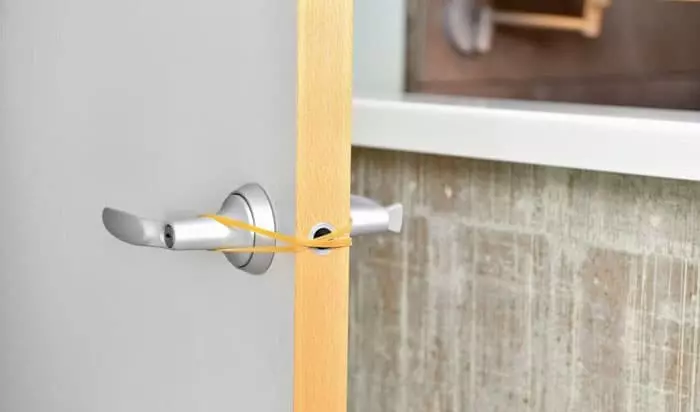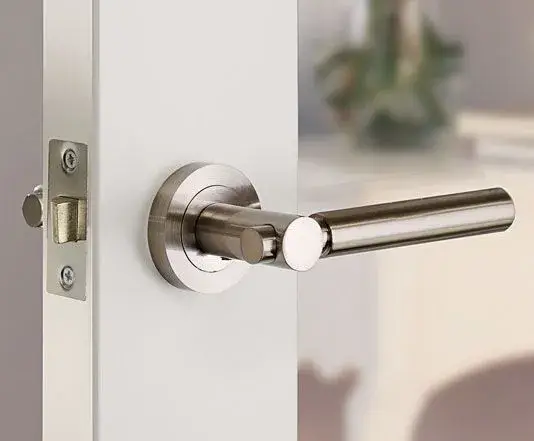Loading docks are critical components of warehouses, distribution centers, and industrial facilities. They serve as the primary points for shipping and receiving goods, making the choice of door essential for efficiency, safety, and security. This article delves into the types of doors often used as loading dock doors, their features, benefits, and considerations for selecting the most suitable option for your facility.
Introduction to Loading Dock Doors

Purpose and Importance
Loading dock doors are designed to facilitate the smooth transfer of goods between trucks and warehouses. They need to accommodate various sizes of freight, withstand heavy use, and offer security and insulation. The right door type can significantly impact operational efficiency, energy costs, and workplace safety.
Types of Loading Dock Doors
Overhead Sectional Doors
Description and Structure
Overhead sectional doors are composed of horizontal panels hinged together, which move vertically along a track and then horizontally along the ceiling when opened. They are commonly used in loading docks due to their durability and ease of operation.
Features and Benefits
- Insulation: Available in insulated versions to maintain temperature control within the facility.
- Customization: Can be customized with windows for visibility and light.
- Durability: Made from robust materials such as steel or aluminum, capable of withstanding frequent use.
Ideal Applications
Overhead sectional doors are ideal for warehouses and distribution centers where temperature control and security are crucial. Their design allows for efficient opening and closing, reducing the time needed to load and unload goods.
Roll-Up Doors
Description and Structure
Roll-up doors consist of a single curtain of steel or aluminum that rolls up into a coil above the door opening. These doors are popular in environments where space is limited, as they do not require ceiling tracks.
Features and Benefits
- Space Efficiency: Excellent for facilities with limited headroom or side room.
- Security: Provides high levels of security due to the robust material.
- Low Maintenance: Fewer moving parts result in lower maintenance requirements.
Ideal Applications
Roll-up doors are suitable for loading docks in smaller warehouses, retail outlets, and storage facilities where space constraints are an issue. Their compact design makes them perfect for high-traffic areas.
High-Speed Doors
Description and Structure
High-speed doors are designed for rapid opening and closing, often using flexible, lightweight materials like PVC. They are motorized and can open and close in seconds, minimizing the time the door is open.
Features and Benefits
- Speed: Enhances operational efficiency by reducing wait times for door operation.
- Energy Efficiency: Minimizes energy loss by reducing the time the door remains open.
- Safety Features: Often equipped with safety sensors to prevent accidents.
Ideal Applications
High-speed doors are ideal for environments where maintaining consistent temperatures and quick access are essential, such as food processing plants, pharmaceutical facilities, and high-traffic warehouses.
Scissor Gates
Description and Structure
Scissor gates are folding gates made of steel that can be collapsed or expanded like an accordion. They provide security while allowing ventilation and visibility.
Features and Benefits
- Security: Strong deterrent against unauthorized access.
- Visibility: Allows visibility and airflow, suitable for safety and surveillance.
- Flexibility: Easy to open and close, providing flexible access control.
Ideal Applications
Scissor gates are suitable for facilities needing secure, but not necessarily weatherproof, access control. They are often used in conjunction with other door types for added security during off-hours.
Bi-Fold Doors
Description and Structure
Bi-fold doors consist of panels that fold back in pairs, typically along a track system. They are designed to open fully, providing maximum access width.
Features and Benefits
- Wide Opening: Ideal for accommodating large vehicles and oversized loads.
- Space-Saving: When open, panels fold compactly, saving space.
- Durability: Built to withstand heavy industrial use.
Ideal Applications
Bi-fold doors are perfect for industrial applications where large machinery or oversized goods need to be moved in and out frequently. They are often seen in airplane hangars, heavy machinery warehouses, and similar facilities.
Factors to Consider When Choosing a Loading Dock Door
Operational Needs
Consider the frequency of use, the type of goods being handled, and the operational workflow. High-traffic docks may benefit from high-speed doors, while facilities handling oversized items may prefer bi-fold doors.
Climate and Insulation
For facilities requiring climate control, insulated sectional doors or high-speed doors that reduce open time can help maintain internal temperatures and reduce energy costs.
Security Requirements
Assess the level of security needed. Roll-up doors and scissor gates provide robust security features. Facilities dealing with high-value goods should prioritize doors with strong locking mechanisms and durable materials.
Space Constraints
Evaluate the available space around the dock door. Roll-up doors and bi-fold doors can save space and are ideal for facilities with limited headroom or side clearance.
Budget Considerations
Consider both initial costs and long-term maintenance expenses. High-speed doors may have higher upfront costs but can save on energy and increase efficiency over time. Roll-up doors, while typically more affordable, may incur lower maintenance costs.
Installation and Maintenance Tips
Professional Installation
Ensure that doors are installed by professionals to guarantee proper operation and safety. Correct installation is crucial for maximizing the door’s lifespan and functionality.
Regular Maintenance
Regular maintenance is essential to keep loading dock doors operating smoothly. Schedule periodic inspections and address any issues promptly to avoid costly repairs and downtime.
Safety Inspections
Conduct regular safety inspections to ensure all mechanisms, sensors, and safety features are functioning correctly. This is particularly important for high-speed and automated doors.




